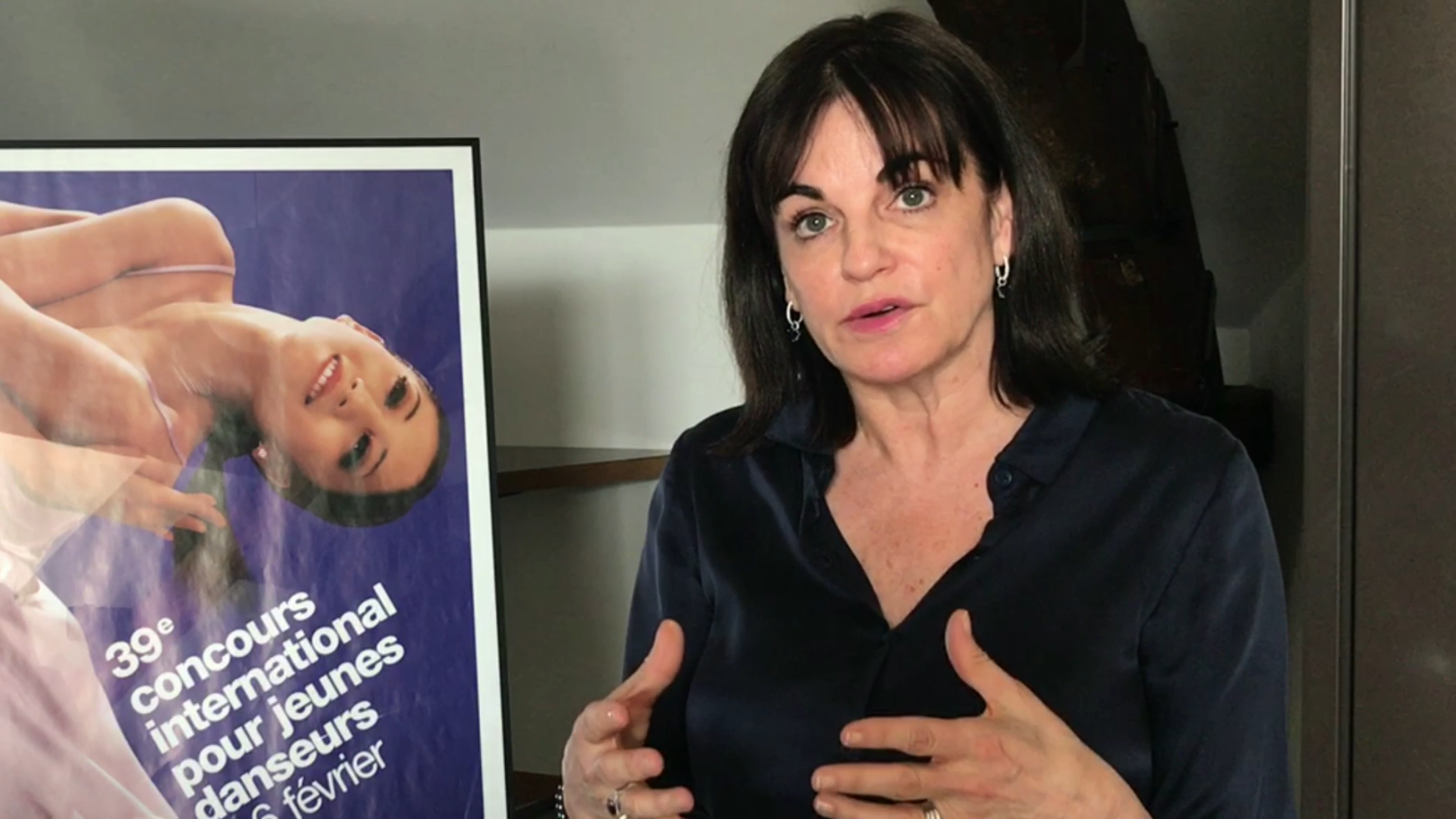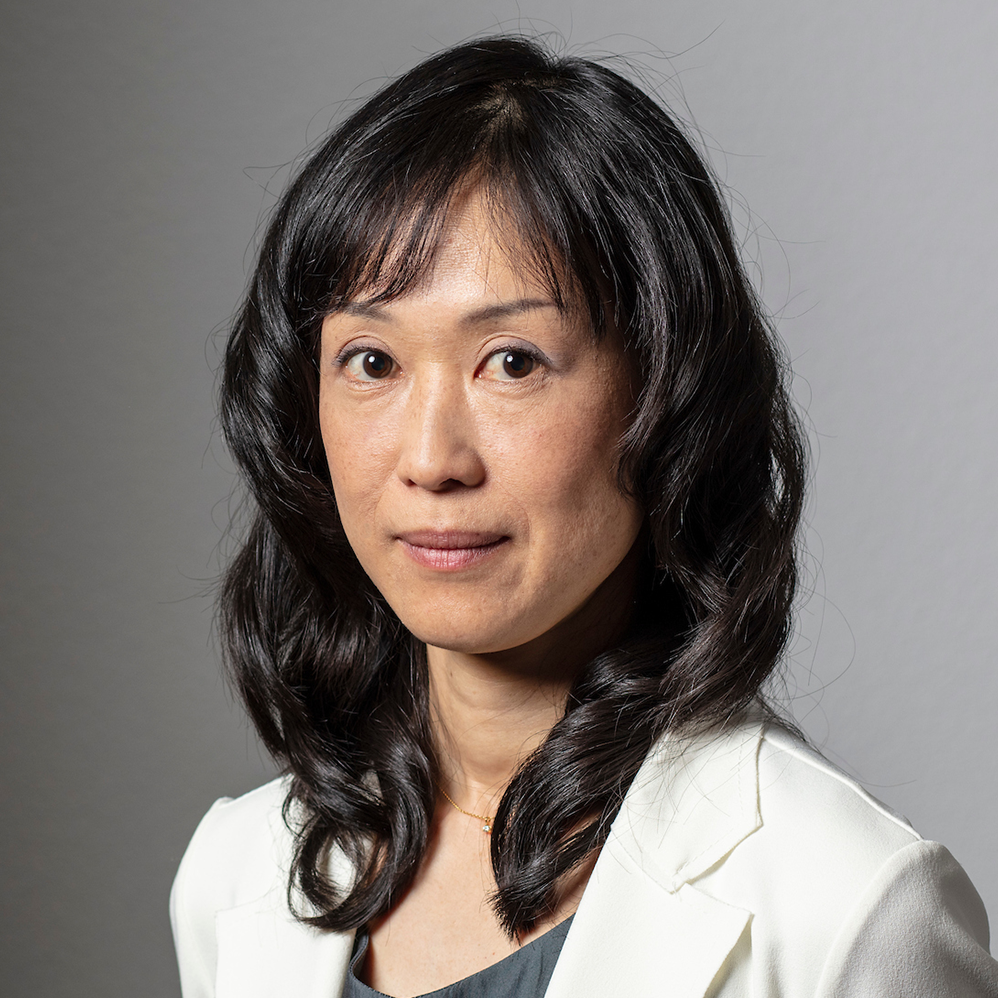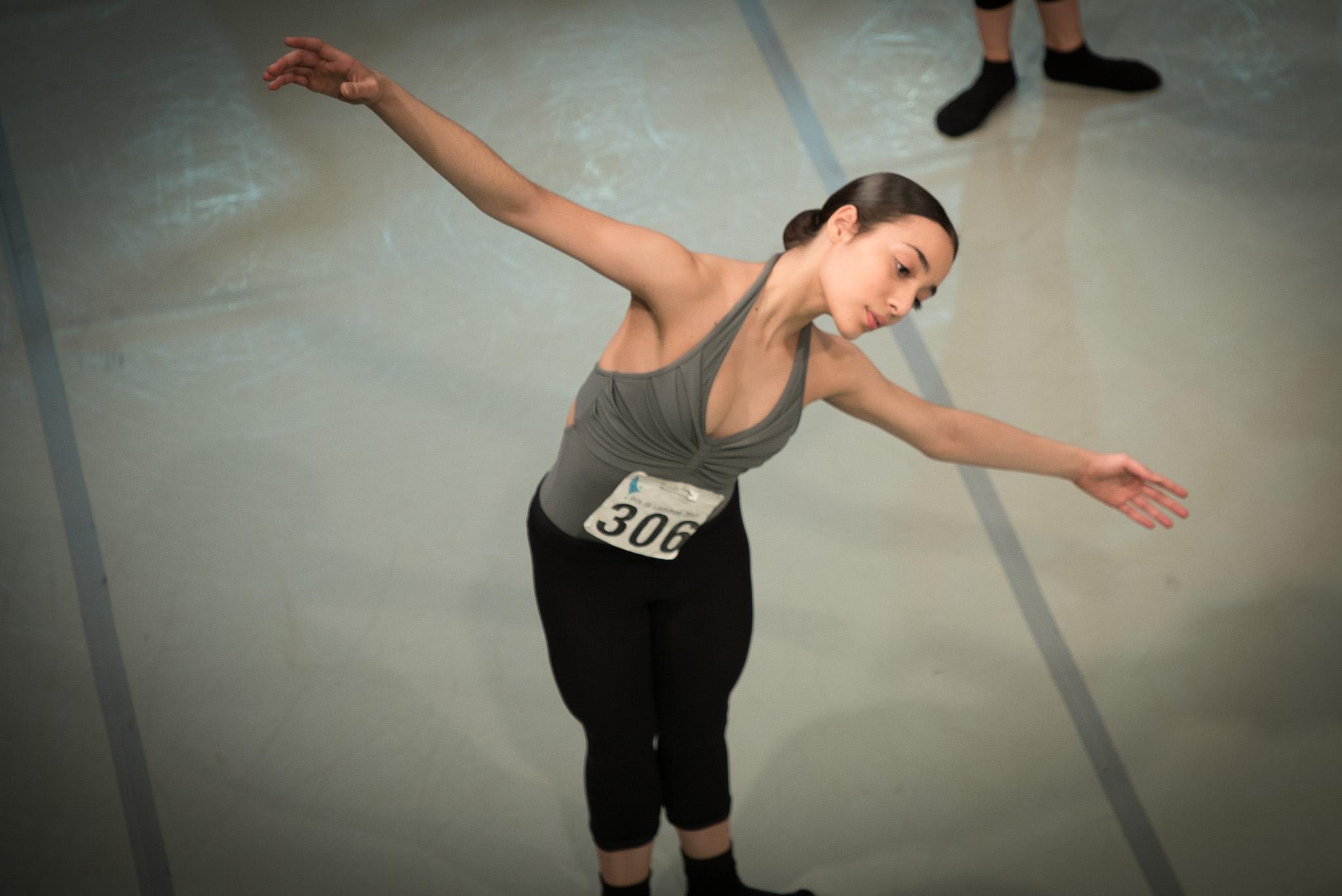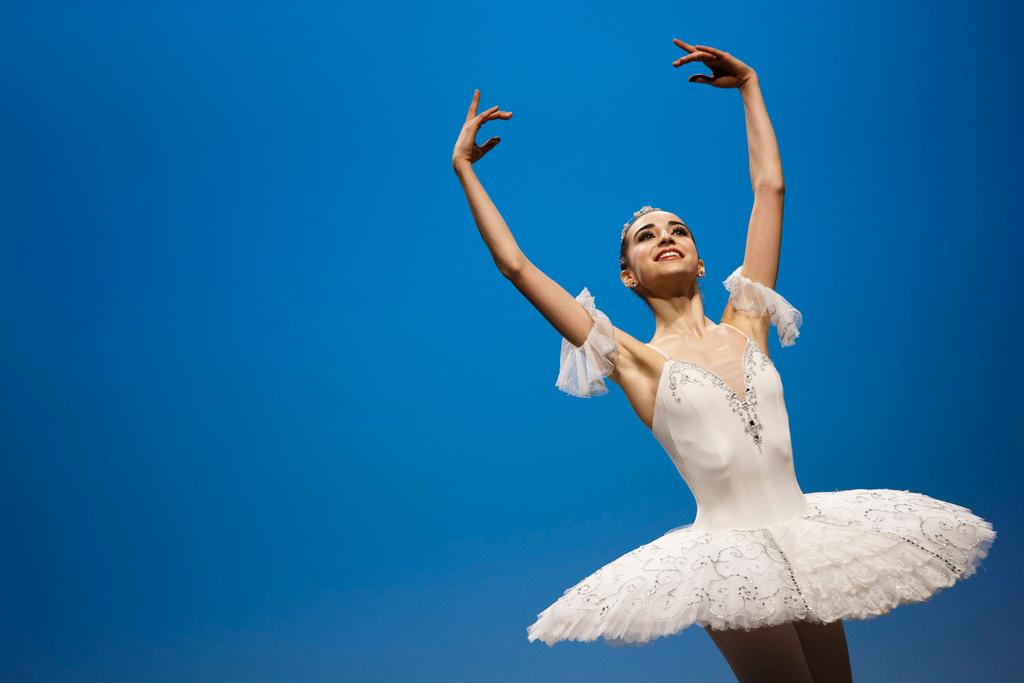Younger dancers allowed at Prix de Lausanne

The world-renowned Prix de Lausanne ballet competition has announced that it is changing its selection rules for the 2018 contest, opening its doors to dancers under 15 for the first time.
Dancers aged from 14 years and six months will now be eligible for the competition, which has acted as a springboard for dancers’ careers for 45 years.
swissinfo.ch spoke to Shelly Power, Artistic Director and CEO of the Prix de Lausanne, to find out more about the rule changes and why they have been made. The 46th edition of the competition starts on January 28, 2018
“Dance has changed tremendously. The number of applicants is amazing compared to 40 years ago. It’s different now,” said Power, who took office last year.
Young dancers can participate in the Prix de Lausanne up to the age of 19. They are judged not only at the final competition but also during the lessons over the week. The Prix de Lausanne also acts as an intermediary between the candidates and partner ballet schools and put emphasis on career support for dancers.
swissinfo: New rules will be applied in 2018. What will be the changes for the Prix de Lausanne 2018 compared with 2017?
Shelly Power: One of the changes that we made is that we reduce the age by 6 months only. We are going to try for one year and see how it goes. There are a couple of reasons why we changed this.
The youngest student coming to us would be 14 years old and 6 months rather than 15. That would allow for them to enter into a full school when they turn 15. What’s happened is that if they come to us [and get prizes or offers from partner ballet schools] already at 15, they’ve missed out on that first year with some of the schools.
I had requests from the partner schools if the students could be a little younger when they come to us. Some partner schools are not interested in the younger dancers, but some are. In England, children go to boarding school at 10. So, some people may say 14 is late. A dance career is very short and they have to get the training at the right age.
We also split the juniors and seniors. In the past, we have always judged them together. When they changed the age group to include older students years ago, it got very heavy weighted with the seniors. We feel like separating the two age groups will allow for potential to be looked at separately from the age groups. Separating these two groups is going to allow us to control the artistic and technical requirements expected at the Prix de Lausanne.
swissinfo.ch: That means that the partner schools usually accept dancers when they turn 15?
S.P.: Often. But other schools accept them younger. National Ballet of Canada, Paris Opera, Royal Ballet, all of those schools do take students younger. Not every student is ready to go away from home to go to school.
swissinfo.ch: Do younger dancers want to participate to the competition?
S.P.: Competition has grown across the world, probably by 600% from 46 years ago [when Prix de Lausanne started] when there were only one or two competitions. Now there are 50 or 60 across the world. You know that competition is something that is really popular.
It’s obvious that there is a desire for younger students to be competing because of the multitude of competitions and how many people are competing all over the world.
swissinfo.ch: Why don’t you lower the minimum age further?
S.P.: We might, but since the Prix de Lausanne has not done that, we wanted to be very cautious and see how we manage having younger students and to see if that is a good idea. We may move it to 14. We wanted to do it gradually and safely and make sure that we are accommodating the students properly. That is the main focus, the Prix is for students.
swissinfo.ch: Would the dance variations also change?
S.P.: In separating the seniors from juniors, we are also looking at the variations differently as well. So we are not giving the same variations to everyone. We are going to try a couple of different variations for each age group to see how they manage that because we also want to make sure that the younger students are not getting inappropriate work.
Ballet companies today are doing variety of repertoire. If these students don’t learn other repertoire at 15 or 16, there’s competition now with the kids, many of them are getting exposed to earlier and many are not. They need to know – and that’s one of the reasons that competitions works well – what is expected of them to do their very best.
swissinfo.ch: Will you organise different lessons for the junior and senior groups?
S.P.: Similar, as far as what is being given in a class. They will be specifically designed for their age group. I think it will make them understand what is more important because they are not competing with older students, trying to keep up with everybody else. They will be doing the work which is appropriate for them.
This is the big problem in the competition world right now, students are trying Black Swan at 12 – that’s a piece of choreography that was prepared for principal dancer, maybe at 19. But it’s principal work. Do they really have the maturity to manage that? Is the body really able to handle the pressure, physically and mentally of a piece like that?
So, the young dancer says that what is expected of me, not this. I don’t have to do Black Swan, I have to do Bluebird, something more appropriate for their age group. But they are still challenged and it makes them focuses on the right thing.
swissinfo.ch: How will the prizes change? What will happen to the winners in the juniors and seniors?
S.P.: It will be no different than the past Prix. They will be looking at moving to a professional school. We are going to separate the age groups depending how many applicants we have. We are going to have a certain number of awards for juniors and certain number for seniors. We will be offering a minimum of three scholarships for each. It depends on our scholarship donations. There will be a first prize for the junior and a first prize for the seniors. But if you compete in the junior competition and do not win, you can come back and compete in the senior in the following years. And we will maintain the number of participants at 70 to 80 students.

In compliance with the JTI standards
More: SWI swissinfo.ch certified by the Journalism Trust Initiative













You can find an overview of ongoing debates with our journalists here . Please join us!
If you want to start a conversation about a topic raised in this article or want to report factual errors, email us at english@swissinfo.ch.